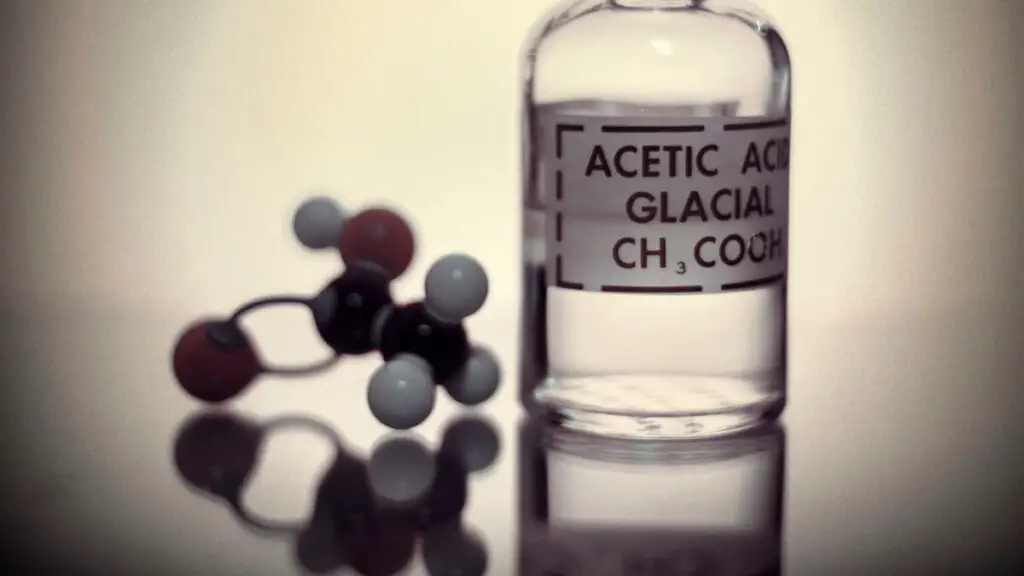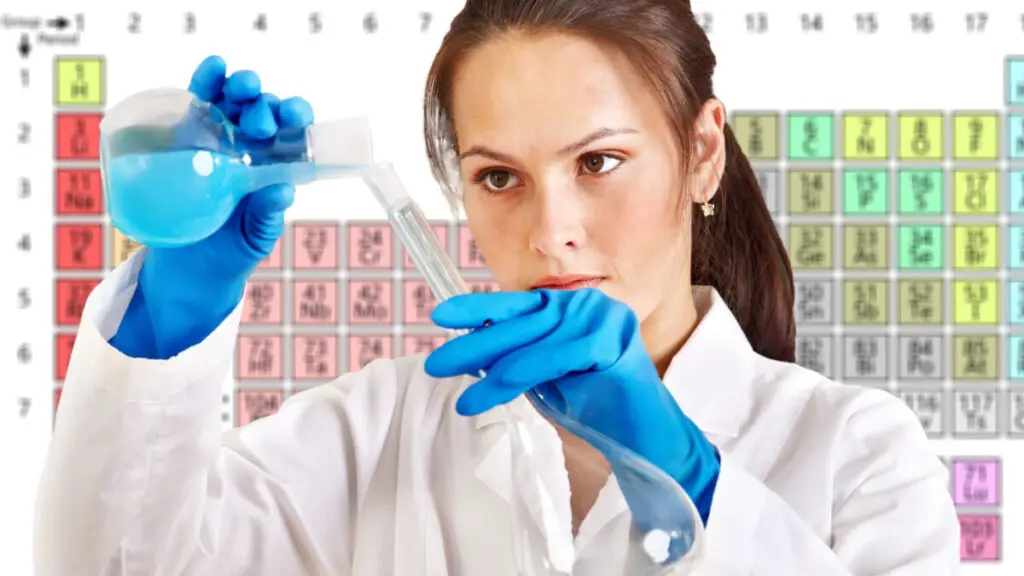You might never think about if liquid soap can expire when you make it for your own use. But if you are planning on selling it, this probably is something you need to consider in the soap-making process.
Does homemade liquid soap expire? When preservatives are used, liquid soap can last for a long time; however, they do not extend shelflife fresh additives are added. In case your liquid soap has a pH level lower than 10, but without preservatives, your soap may go rancid quicker. Higher than 10 hP levels do not require preservatives but can be added.
Whether you’re seeking a fun hobby, saving money, or pursuing a new business venture, our step-by-step guide makes crafting spa products enjoyable and easy, perfect for hobbies, saving money, or starting a business. Explore 126+ recipes, from soaps to lotions, with our beginner-friendly Quick Start Guide. Ditch store-bought products with unknown chemicals and embrace personalized, high-quality creations that cater to allergies and sensitivities using The Handcrafter’s Companion.
Making your own soap for personal use or as a hobby could be a lot of fun. You can try out many variations and experiment with different ingredients as much as you like. You can choose if you want them to be sticky or not.
And most of the time, you would use your liquid soaps pretty much instantly, but in case you wish to sell them, it’s a different story. Starting a soap-making business can be lucrative, and if you have your costumers lined up to try out your new soap, you probably want to make sure that the (liquid) soap you made can last long enough.
So why use a preservative in your product?

Depending on what type of soap you are making and the variety of ingredients you use, some cases preservative might be needed to prolonge shelf life. The reason for this is because preservatives not only prevent microbial growth, but it also slows down the process of rancidity and finally may cause weird smells.
If your soap has been contaminated or expired, using them might be dangerous. If you searched online, you would find countless cases where liquid soap or lotion that was unpreserved used that caused rashes—contact dermatitis, or worse.
So, many soap makers prefer to be safe, and preemptively use preservatives even though they sometimes don’t really need it. If liquid soap is contaminated or has microbial growth, the chances of it spreading infectious diseases become much higher.
When us using preservative for liquid soap needed?

In general liquid soaps do not require any preservatives. That is if the pH level is above 10. However, things are different if it’s below pH level 10. Expert microbiologists advise using preservatives. For example, liquid germall plus (even though the supplier recommends using it below ph8), Glydant plus, or Suttocide A.
If you wish to go all-natural, you can, but before deciding on that there is something that you might want to know. The views on natural anti-oxidants are divided, especially the ones like vitamin E., rosemary extract, or grapefruit seed extract.
Anti-oxidants slow down the process of oxidation of butter or oils. However, they do not prevent the formation of yeast or bacteria, which is where most people get confused.
What kind of preservatives are out there for liquid soap?
We previously already mentioned two preservatives, but there are many more out there. You can do your own research on which one you prefer, but you will most likely see that the most commonly used preservatives to make liquid soap are Suttocide & Liquid Germall Plus, but again, you are free to choose whichever you want. Just make sure to choose the right preservative and consult an expert before making a choice.
One other thing you can do is improve the efficiency of preservatives. You can do this by adding additives like humectants, salts, alcohol, or sugars. These additives add properties that are beneficial to your soap.
For example, take additives like cane sugar, sodium chloride, and vegetable glycerin. They reduce the total volume of water that is needed for microbes to grow in, and they chemically bind to water.
What else can you do to help liquid soap to stay sanitary?

Besides using additives to help preserve your liquid soap so it can last longer, there are some fundamental things you can do that also help your liquid soap to stay sanitary. Proper sanitation is crucial when making your own liquid soap.
If you would go on the internet and search for the best manufacturing practices, you will find some valuable information which will help you with all aspects of making candles, including packaging, for example.
Talking about packaging, try to choose one that reduces the chances for contamination, a good option is pump bottles instead of open jars.
How do I know if the product is well preserved?
You first start with the additives and the ingredients you use in your liquid soap if you know the shelf life of the soap you are making, that’s already a good start.
Also, the preservation system you are using must suit the product you are making. Learn how to make your liquid soaps in a sanitary environment (which is why I mentioned earlier to search for best practices for manufacturing).
An excellent way to be sure that you are doing things the right way is to send it to a challenge-test lab, where an expert can test out and give you the feedback you need if you lack something. If you do not feel confident sending it out, you can do some tests on your own, but in all honesty, I think it is best to just send it to a professional.
How do I know that my soap is rancid?
There are a few clear signs that show that your soap is rancid.
If you open and pour some on your hand and clearly see, the color is not the same or has an orange type like color.
Soaps always smell good, but if it has lost its smell and now has no scent at all or an awful smell, this is clearly saying that it is rancid.
In most cases soap can still lather, but if it doesn’t lather anymore, you know what to do, throw it away!
Should I use liquid soap that has expired or is rancid?
Just to be clear, I am only referring to soap that has gone rancid or has clear signs that it is expired. If your soap looks good and does not smells and above all still lathers, it is still “safe” to use it.
But, if you had fresh ingredients that have mold on it and let bacteria grow on it, would you rub it on your skin? Well, it’s basically the same thing when it comes to liquid soap.
I am not saying that it will damage your skin after one time, but it’s almost like the Russian roulette, you don’t know what and when it will happen. But obviously, after a few times, the chances for something to happen will become much higher.
I am someone who does not take chances, and if I am going to sell products, I will make sure that the expiry date is clearly written on the label.
Conclusion
First and foremost, make sure to follow proper guidelines when making your soap. This means the right environment and the right tools. Choose ingredients that do not go rancid fast, pick oils that can stay “fresh” for a long time in case you do not want to use any preservatives.
I personally would recommend using a preservative anyway just to be on the safe side. If you wish to go all-natural, you might end up with a product that has a short shelf life. However, your product would be 100% natural in this case.
If you are doing research online in regards to whether you should use preservatives or not, just bear in mind that if you trust someone’s opinion and use the wrong product or decide not to use preservatives, but sell them to your client.
You will need to take responsibility if something happens. So first, check if the info you are reading is correct or not, if you want to be sure, you can also ask the local shop, and you’d know what to do.
